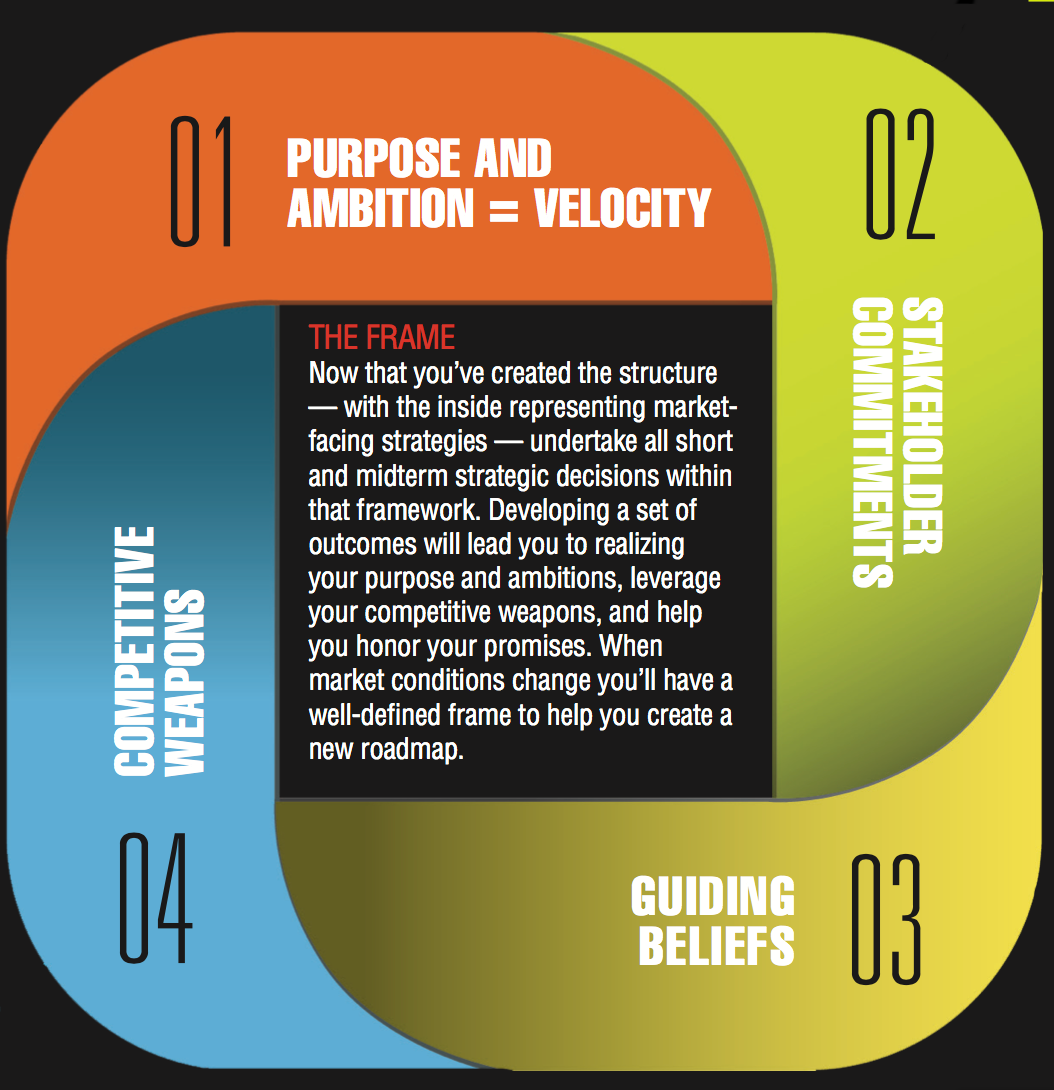Why Your Business Won’t Be the Same in 5 Years: The Case for Strategy Innovation
IBM once made grocery scales and cheese slicers. Nokia made paper products. Both are now known for something entirely different, building the case for strategy innovation.
The business you operate today won’t be the same in a couple of years, say long-time management consultants Robert E. Johnston, Jr., and J. Douglas Bate. Venturing out for more aggressive topline growth means that organizations have to regularly scan the horizon for what’s next, even if it means completely changing the business model.
Like IBM and Nokia, leaders have to search unchartered strategic frontiers for new opportunities. These strategic frontiers require business pioneers willing to take the risk of experimenting with innovation while successfully running the day-to-day business. But, as the authors warn, if you won’t take a risk, your competitors will.
However, turning innovation into a core competence that creates topline growth and uncovers new opportunities is complicated. That’s where strategy innovation enters the picture.
What is strategy innovation?
Strategy innovation identifies new business opportunities for new growth, dispelling the myth that strategic planning and innovation are separate functions. Johnston and Bate argue the two opposing exercises of business planning and innovating can be combined for powerful results.
And Johnston and Bate, the authors of The Power of Strategy Innovation, have a startling answer as to why more companies don’t pursue strategy innovation:
Because companies don’t have the internal structure or process to do it.
5 steps to strategy innovation
In their book, the authors remove the guesswork of setting up a discovery process. Their strategy innovation method is outlined in five phases:
- Staging. As discovery team members assemble, define roles, and accrue resources for the process, they act almost like the crew of a tall ship preparing for an explorer’s journey.
- Aligning. The team and senior management coalesce around the “strategic frontier(s)” where the ship should go, akin to a ship’s captain getting approval from his patron on an anticipated route.
- Exploring. The team gathers information on the strategic frontier, like an explorer and crew chronicling their discoveries of new lands and treasure to present to sponsors back home.
- Creating. Based upon their discoveries, the team develops ideas for new business opportunities, just as opportunistic explorers did for their newly discovered lands.
- Mapping. The team forecasts the plan for achieving the new business venture and guiding it toward success, just as early explorers drew maps to help them return to the new destinations and realize the potential they touted.
Realizing that even the best practices can fall by the wayside if execution isn’t successful, the authors dedicate a third of the book to implementation and another third to advanced questions, encouraging readers with case studies and straight-to-the-point advice.
With strategy innovation at the helm, what strategic frontiers could your company explore?



